
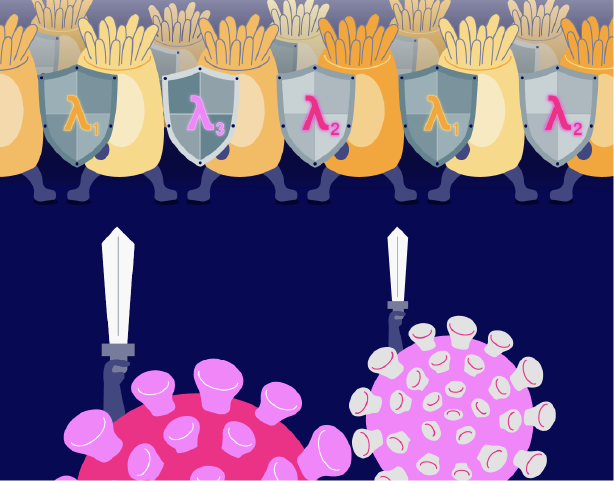
Dissecting the role of interferon lambda 1, 2 and 3 in controlling virus infection at mucosal surface 2
Interferons are some of the most powerful cytokines needed to control virus infection. Upon virus entry into cells, cellular pattern-recognition receptors detect the incoming viruses and upregulate interferons to combat the virus and alert neighboring cells of an infection. In mucosal surfaces the type III interferons are the key antiviral cytokines. The type III interferon family is made up of four members: interferon λ1,λ2, λ3 and λ4. Since their discovery 20 years, we have learned a lot about how type III interferons protect epithelial surfaces against pathogen infection. However, very little work has addressed whether all type III interferon family members are induced to similar levels following virus infection and whether they each provide a similar antiviral protection at mucosal surfaces. In the lab we are addressing these open questions to better understand how these critical antiviral factors act to protect the human body.
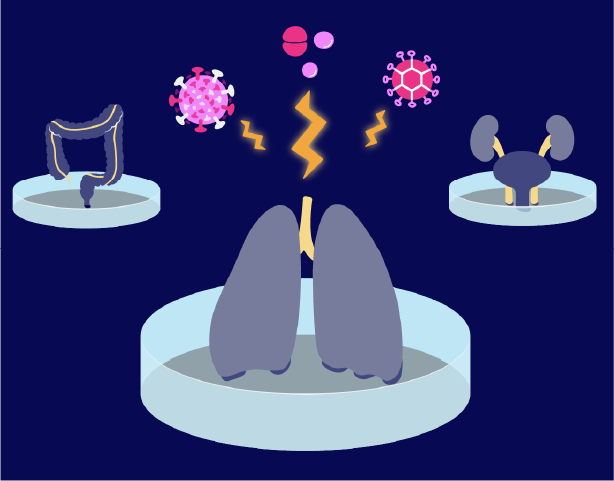
Organoids and primary model systems to evaluate virus infection at mucosal surface
In the lab we have established the use of primary mini-gut organoid models to evaluate questions of enteric virus infection and intrinsic innate immune induction. To expand these studies to other mucosal sites, we are now establishing organoid and primary model systems from the human airway epithelium, the human kidney and the female reproductive tract. Using these models we will tackle questions about how viruses infect each of these tissues and unravel the tissue specific mechanisms employed to upregulate interferon stimulated genes to evade and combat pathogen infection.
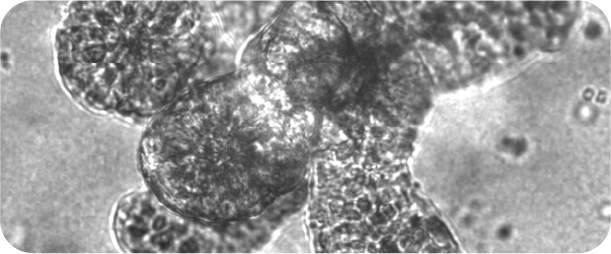
Organoids
We use patient derived organoids to model human organs with increasing complexity.
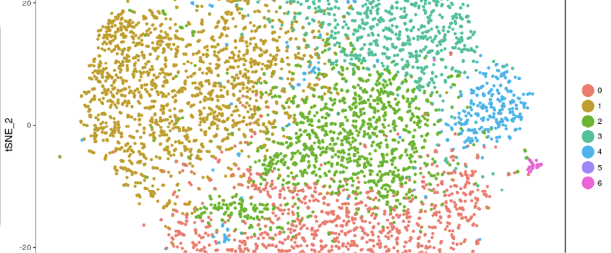
Single cell sequencing
We use single cell sequencing to unravel cell specific responses to viral infection in our organoid models.
Live-cell microscopy
We employ live-cell microscopy to tract virus infection and spread and the corresponding induction of immune response in our epithelial models.
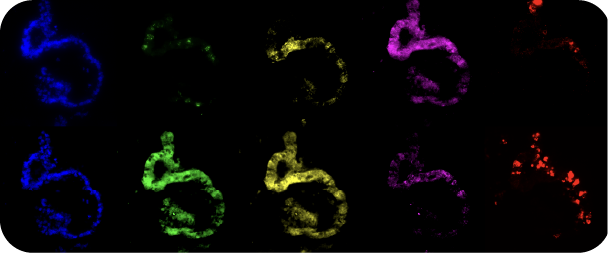
Mutli-Color FiSH
We use multi-color fluorescent in-situ hybridization (FiSH) to evaluate virus infection and immune response at the single cell level.
